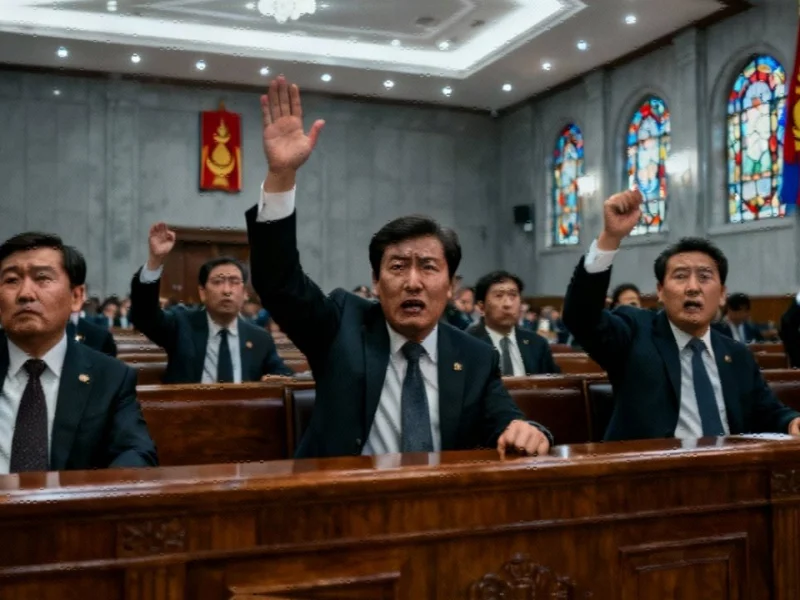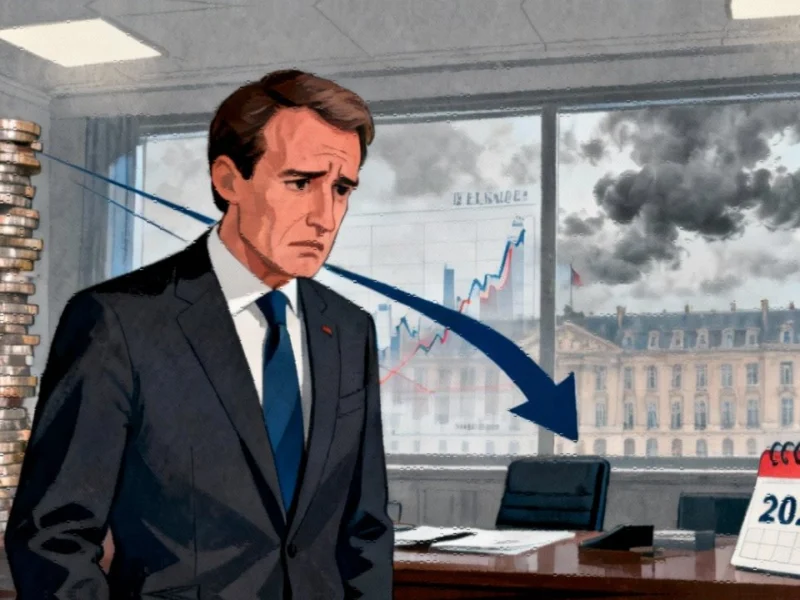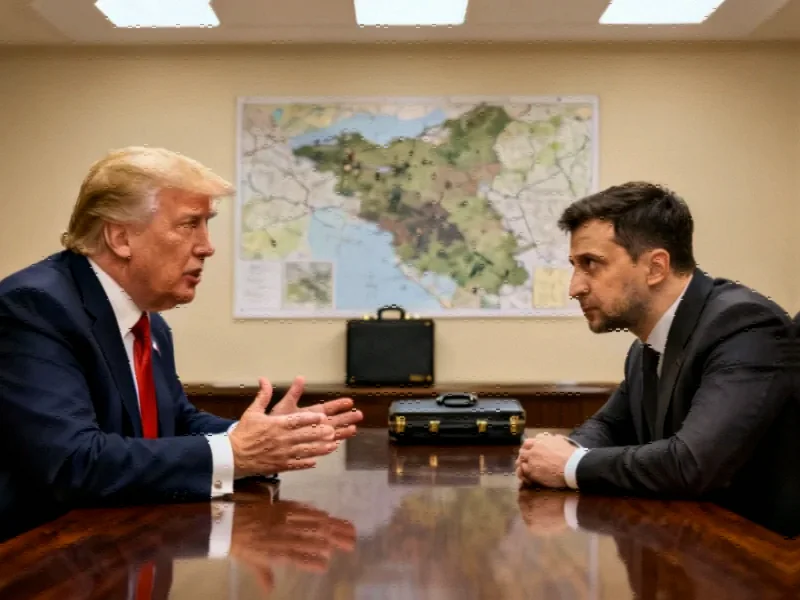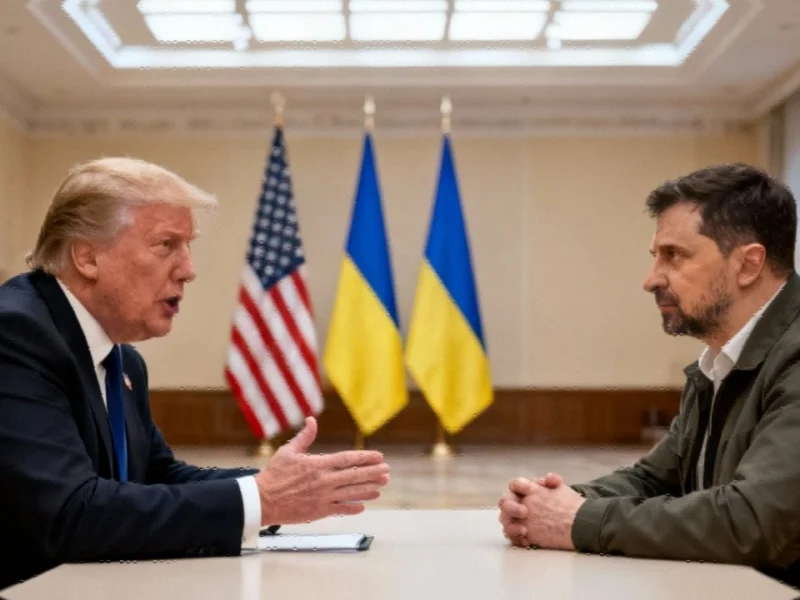Note: Featured image is for illustrative purposes only and does not represent any specific product, service, or entity mentioned in this article.
Leadership Crisis Disrupts Mongolia’s Digital Transformation
Mongolia’s parliamentary decision to remove Prime Minister Zandanshatar Gombojav and Speaker Amarbayasgalan Dashzegve within days of each other has created a power vacuum that threatens to derail critical technology infrastructure projects and economic diversification efforts. The unprecedented political turmoil comes at a time when the resource-dependent nation was attempting to position itself as a hub for industrial computing and digital innovation in Central Asia.
The ruling Mongolian People’s Party now faces the challenge of maintaining policy continuity while navigating this leadership crisis. As Mongolia’s government enters a period of uncertainty, international investors and technology partners are closely monitoring how the situation might impact ongoing digital transformation initiatives and industrial automation projects.
Economic Implications for Technology Sector
The World Bank’s recent downward revision of Mongolia’s 2025 growth forecast from 6.3% to 5.9% reflects broader concerns about the country’s economic stability. Lower coal prices and global trade uncertainty have compounded the challenges, creating a difficult environment for technology investment and infrastructure development.
Industrial computing projects often require long-term planning and consistent policy frameworks, both of which are now in question. The rapid succession of leadership changes – this marks the second prime minister dismissal in months – creates uncertainty for companies considering major investments in Mongolia’s digital infrastructure. These industry developments could delay critical modernization efforts across multiple sectors.
Broader Regional Context
Mongolia’s political instability occurs against a backdrop of significant technological transformation across Asia. From AI regulation debates to major media rights acquisitions, the region is experiencing rapid digital evolution. Mongolia’s ability to participate in these market trends depends heavily on resolving its current governance challenges.
The country’s strategic location between China and Russia positions it uniquely for technology partnerships, but political continuity is essential for attracting the foreign investment needed to develop its digital economy. Recent related innovations in industrial automation and computing infrastructure require stable regulatory environments to flourish.
Impact on Digital Infrastructure Projects
Major technology initiatives, including smart city developments and industrial automation projects, often depend on government support and consistent policy direction. The current leadership crisis raises questions about whether Mongolia can maintain the momentum needed to compete in the rapidly evolving digital landscape.
As other countries advance their technological capabilities through initiatives like major broadcasting rights acquisitions and streaming platform expansions, Mongolia risks falling behind if it cannot stabilize its political environment. The situation highlights how political stability directly influences a nation’s ability to capitalize on recent technology opportunities.
Future Outlook and Recovery Scenarios
President Khurelsukh Ukhnaa now faces the critical task of nominating a new prime minister who can secure parliamentary approval while reassuring international partners about Mongolia’s commitment to technological progress. The resolution of this government crisis will determine whether Mongolia can maintain its trajectory toward becoming a regional technology hub.
Meanwhile, global technology companies continue to make strategic moves, such as major broadcast partnerships and streaming service expansions, that highlight the importance of stable regulatory environments for technology investment. Mongolia’s ability to resolve its political challenges will directly impact its participation in these global digital transformations.
The coming weeks will be crucial for determining whether Mongolia can stabilize its political environment and refocus on the technology infrastructure development needed for long-term economic diversification and growth.
This article aggregates information from publicly available sources. All trademarks and copyrights belong to their respective owners.



